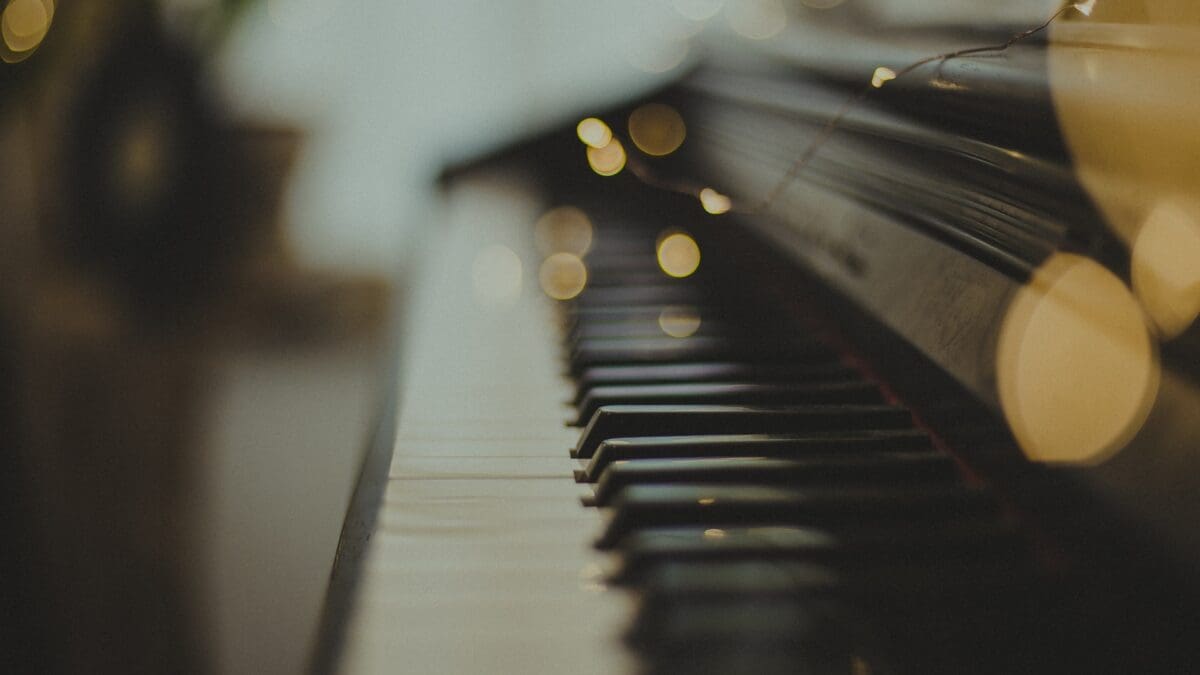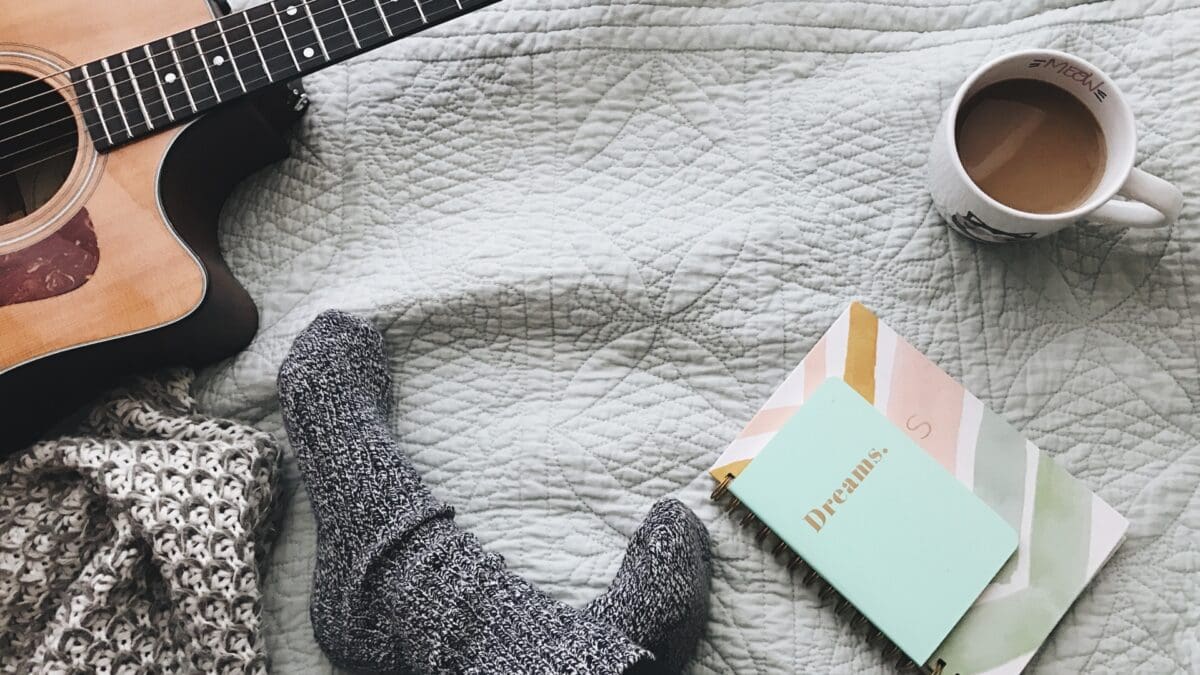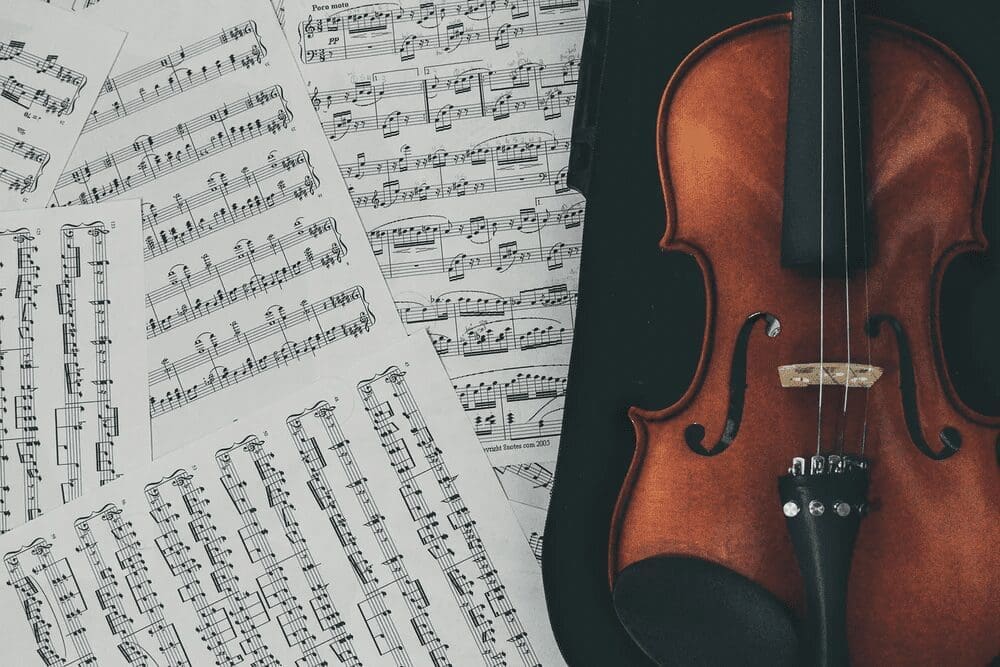
What if you could play that song you heard on the radio?” Do you dream of learning how to play a musical instrument? Looking to broaden your artistic knowledge? Reading sheet music can help you achieve all these goals. You can do this in a much shorter amount of time than you might think!
At its most basic level, music is a language, just like reading aloud from a book. Sheet music symbols have been used for hundreds of years. Musicians use them to convey pitch, speed, and rhythm of a piece, as well as expression and techniques for playing the piece. The notes are the letters, the measures are the words, the phrases are the sentences, and so on. The ability to read music opens a whole new world of possibilities!
With a little practice, you’ll soon be reading music with our step-by-step guide!
Step One: Understanding Musical Notation Symbols
There are a variety of symbols in music. The most basic are the staff, the clefs, and the notes. These fundamental components are present in all music, so it’s important to become familiar with them before learning how to read it.
The Staff

The staff has five lines and four spaces. Every line and every space represent a different letter, which represents a note. The sheet music staff is arranged alphabetically by note names, representing lines and spaces.
Treble Clef

It is important to become familiar with two main clefs: the treble clef and the bass clef. In the far-left corner of the treble clef, there is an ornamental letter G. Within the letter G is a swoop that surrounds the “G” line on the staff. For instruments with higher pitches, such as the flute, violin, or saxophone, sheet music is written in the treble clef. The treble clef is also used to notate higher notes on a keyboard.
To remember the note names for the lines and spaces of the treble clef, we use common mnemonics. Lines are remembered as EGBDF, which stands for “Every Good Boy Does Fine.” Spaces are remembered as FACE, which stands for “Face.”
Bass Clef

On the bass clef staff, the “F” line between the two bass clef dots is also called the F clef. If your instrument has a lower pitch, like a bassoon, tuba, or cello, your sheet music is written in the bass clef. Notes at the bottom of your keyboard are also notated in bass clef.
For the bass clef’s lines, a common mnemonic is GBDFA “Good Boys Do Fine Always.” And for the spaces, ACEG, “All Cows Eat Grass.”
Staff Notes and Symbols for Sheet Music
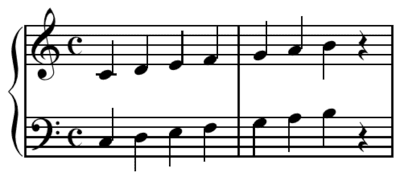
On the staff, we are told which note letter to play and for how long. Each note consists of three parts, the note head, the stem, and the flag.
There is a note head on every music note, which can be either filled (black) or open (white). The position of the note head on the staff (line or space) determines which note you will play. It is not uncommon for note heads to sit above or below a staff’s five lines and four spaces. To indicate the note letter to play, a line is drawn through the note (called a ledger line above or below the note head).

Note stems are thin lines that extend upwards or downwards from note heads. If the line is pointing upward, it extends from the right, and if it is pointing downward, it extends from the left. As long as the line goes in the right direction, it will not affect how you play the note, but it will make it easier to read the notes while allowing them to fit neatly on the staff. Notes above and below the “B” line on the staff have downward pointing stems, those below the “B” line have upward pointing stems.
Located to the right of the note stem, the note flag is a curvy mark. You can use it to determine how long to hold a note. Using a single flag will shorten the note’s duration and using multiple flags will do so even further.
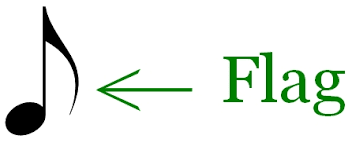
Having discussed the components of each note above, let’s look closely at the filled and open note heads. An open or filled note head shows the note’s value, or how long it should be held. To begin, create a closed note head with a stem. This is our quarter note, which gets one beat. An open note head with a stem is a half note, which gets two beats. An open note that looks like an “o” without a stem is a whole note, and it is held for four beats.

There are other ways to extend a note’s length. By adding a dot after the note head you can double the duration of that note. For example, if a half note has a dot, it would also be a quarter note; and if a quarter note has a dot, it would also be a quarter plus an eighth note. You can also extend a note with a tie. Ties are commonly used to signify held notes that cross measures or bars, so as long as the value of both notes is equal.
It may also happen the other way around. We can reduce the amount of time a note should be held, relative to a quarter note. As discussed above, faster notes are indicated by either flags or beams between the notes. The value of each flag is halved, so a single flag is half a quarter note, a double flag is 1/4 of a quarter note, etc. In addition to allowing us to read the music more clearly, beams also keep the notation less cluttered.
Step 2: Pick Up the Beat

Playing music requires you to know its meter, the beat you use when you dance, clap, or tap your foot. In reading music, the meter is presented as a fraction, with a top and bottom number. This is known as the song’s time signature. The top number tells you how many beats are in a measure, the space between each vertical line (called a bar). The bottom number indicates the note value (length) of each beat.
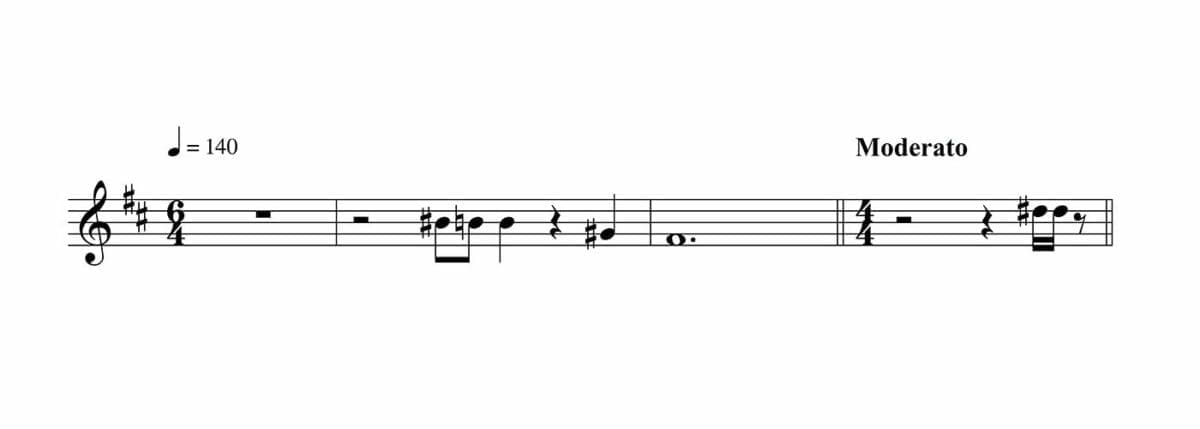
Besides knowing your note values and time signature, knowing your tempo is essential to feeling the rhythm. Sheet music often shows its tempo at the top, which indicates how fast or slow it should be played. As an example, a tempo of 60 BPM (beats per minute) means 60 notes are played every minute or one note every second. A tempo of 120 doubles the speed to two notes per second. Your sheet music may also contain Italian words like “Largo,” “Allegro,” or “Presto,” which indicate common tempos. Metronomes are used by musicians to maintain tempo while practicing.
Step 3: Play a Melody


Your journey to reading sheet music is almost complete! Congratulations! Next, let’s talk about scales. The scale is made up of eight consecutive notes. An octave is the interval between the first and last note of a scale. The C major scale contains the notes C, D, E, F, G, A, B, C. It is recommended that you practice the C major scale regularly in order to learn the other major scales more quickly. The white keys on your keyboard correspond to the notes of the C major scale.
What about the black keys? Our instruments could produce fewer sounds if we used whole tones or whole steps between the note letters. Let’s take a look at the C major scale you just learned. In the C scale, there is one whole step between the C and D keys. However, the distance between the E and the F keys in the C scale is a half-step.
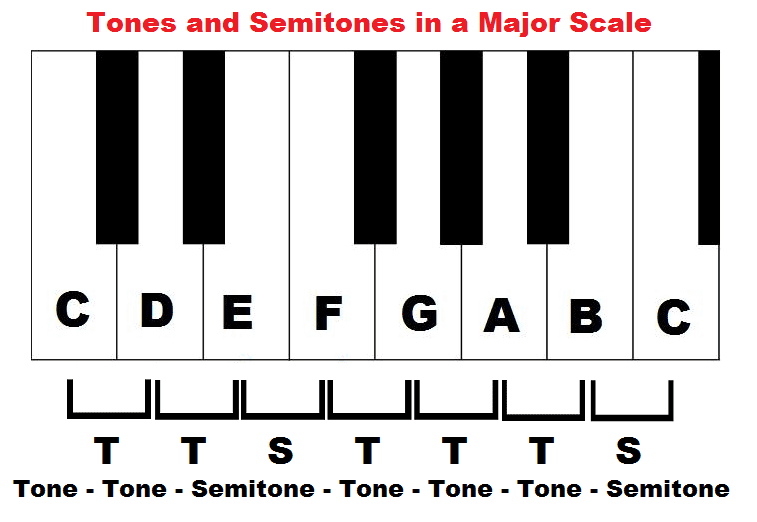
A semitone, or half-step, on the keyboard, allows us to create an infinite number of sounds. Sharps, denoted by the ♯ symbol, mean that a note is a semitone (or half step) higher than the note head directly to its right. By contrast, a flat, denoted by the ♭ symbol, means the note is a semitone lower than its right-hand counterpart.
In addition to semitones, we still need to learn about the natural, which is indicated by an ♮. A note that is sharp or flat extends throughout a measure unless a natural symbol is present. Within a measure or a song, a natural cancels a sharp or a flat.

Understanding key signatures is the last step in learning how to read music. For example, the C major scale you learned above was in the key of C. Tonics are the notes that make up a scale, and these notes determine what key you play in. In a major scale, you can start on any note as long as you follow the whole-whole-half-whole-whole-whole-half pattern. Sharps and flats will be required if you are following that pattern in a key other than C. On your sheet music, we place the sharps or flats for your song’s key signature right before the meter. Unless there is a natural symbol overriding these sharps or flats, maintain them throughout the music. By observing which sharps or flats are shown in the key signature of a piece, you will begin to recognize the key signature.
Summary
When learning to read music, these steps are a great place to begin!
Your collection of arrangements will increase as you learn to read sheet music. Get in touch with our team of experts if you have any additional questions or need help finding songs to practice. Have fun and good luck!
If you’re looking to learn more about Music, check out our other blog posts! We also have guides to help you understand Music Royalties, Music Licensing, and how to get started when it comes to selling your music online.
Are You An Artist?
Here at Мusic Gateway, we have recently started offering a selection of royalty-free music! We also have a massive music library full of incredible tracks. This is not royalty free, however, we have the copyright holder information and so we can help you license any track in our library very easily! Check it out today!
Not a member of Мusic Gateway yet? Why not! Take advantage of our 14-day no-strings-attached free trial, and join us in our mission to empower the global creative community. The game is changing, be a part of it…








